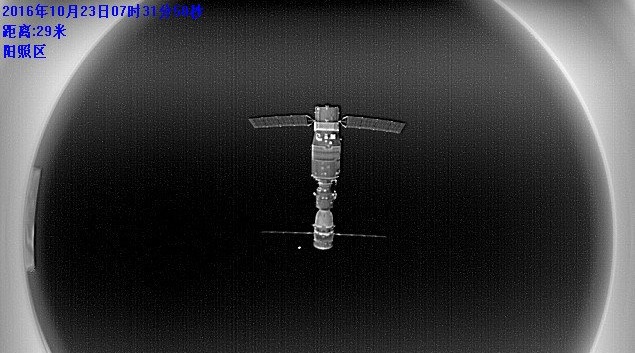Companion Satellite released from Tiangong-2 Space Lab for Orbital Photo Shoot
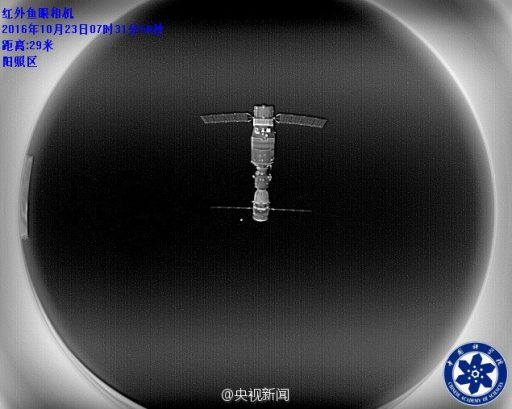
China’s Tiangong-2 space laboratory released a small companion satellite Saturday night for an out-of-this-world photo shoot and formation flying exercise.
Banxing-2 – around the size of a printer – is outfitted with high-resolution cameras to capture views of the Tiangong-Shenzhou complex and perform a rendezvous exercise with the orbiting laboratory.
Banxing-2 is the second such mission launched by China – the first Banxing satellite launched with the Shenzhou-7 spacecraft in 2008, China’s third crewed spaceflight dedicated to the country’s first spacewalk.
The 40-Kilogram satellite was released from the spacecraft’s orbital module two days into the three-day mission and used a 1.3-megapixel camera to collect photos of Shenzhou-7 with the backdrop of Earth as it drifted away.
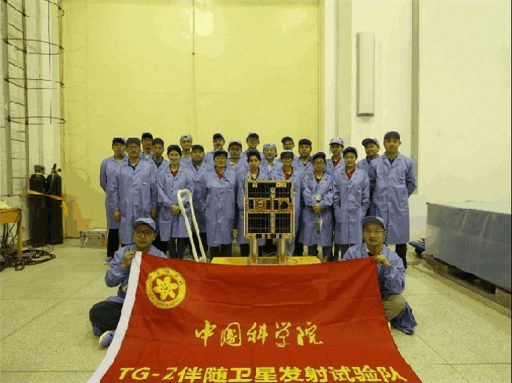
Banxing-1 was equipped with an ammonia propulsion system to complete maneuvers around the Shenzhou-7 spacecraft, remaining in close proximity for some time before increasing the gap. After the completion of the Shenzhou-7 mission, Banxing completed a formation-flying exercise with the discarded Orbital Module of the vehicle.
Banxing literally translates to ‘Companion Satellite’.
Banxing-2, built by the Shanghai Academy of Spaceflight Technology (SAST), has a side length of 40 centimeters and weighs in at 47 Kilograms. It is smaller, but heavier than its predecessor.
BX-2 hosts a vastly improved warm-gas propulsion system comprised of a liquid ammonia tank that stores the propellant which is routed to an evaporator system and a buffer that stores high-pressure gas injected into the engine nozzle by a redundant valve system. It achieves a thrust of 85 Millinewtons and a specific impulse of 102 seconds. The system is more-efficient than its predecessor that had an output of only one third gas and two thirds solid ammonia.
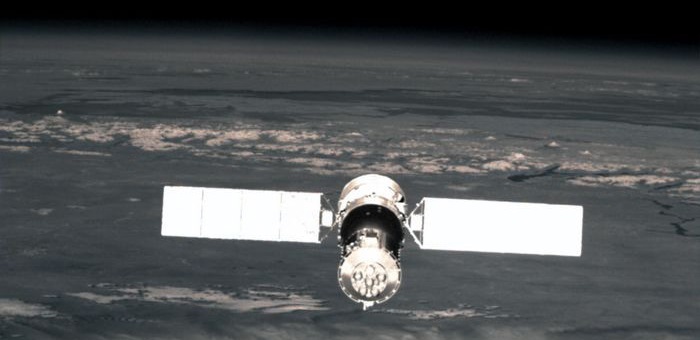
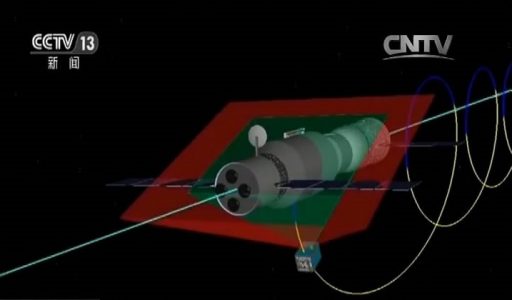
The solar-powered Banxing-2 hosts a navigation system capable of automatically completing stationkeeping and flyaround maneuvers of an orbital target, in this case Tiangong-2.
The satellite was installed in the transfer compartment that joins the Service and Orbital Modules of Tiangong-2 and offers some space for external equipment such as Star Trackers, Earth-imaging instruments, space science payloads, laser reflectors and the detachable satellite.
Separation of Banxing-2 occurred at 23:31 UTC on Saturday, 7:31 a.m. Beijing time on Sunday and the two Astronauts aboard Tiangong-2, Jing Haipeng and Chen Dong, used handheld cameras to capture footage of the satellite as it pulled out below and in front of the orbiting complex.
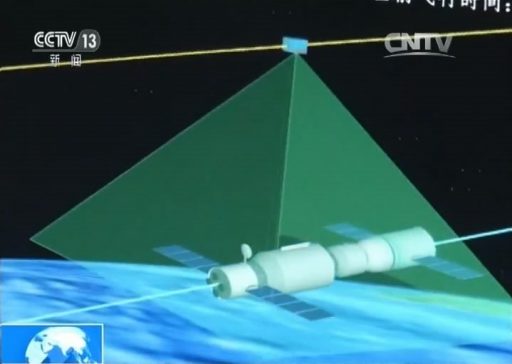
The satellite completed a posigrade departure maneuver and lifted its orbit so that Tiangong-2 would pass underneath it for the first of several imaging campaigns. Banxing-2 hosts a pair of high-resolution cameras to acquire full-frame and wide-angle photos of the Tiangong-Shenzhou complex.
A 25-megapixel camera is tasked with imaging the orbiting complex in the visible and infrared wavelengths from close-up and at greater distances while the wide-angle imager will deliver images at close-range, showing Tiangong-2 and Earth in the background.
According to reports, Banxing-2 will be completing a lengthy formation flying and rendezvous exercise, moving out to over 500 Kilometers from Tiangong. A second close-up imaging campaign is planned at the end of the month when BX-2 will be back in Tiangong’s immediate vicinity.
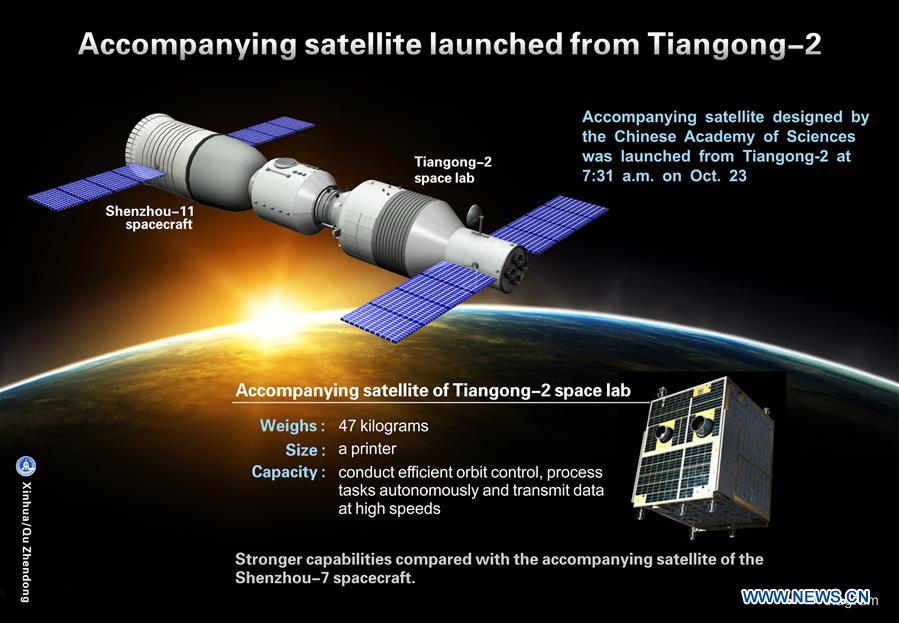
In addition to autonomous rendezvous and orbital maneuvers, Banxing-2 will also be tasked with employing its cameras for a study of orbital debris, attempting to identify debris with the infrared and visible cameras. The satellite will remain in operation for at least two months after Shenzhou-11 departs Tiangong-2 to complete its secondary mission of studying space debris and capturing views of the Earth.
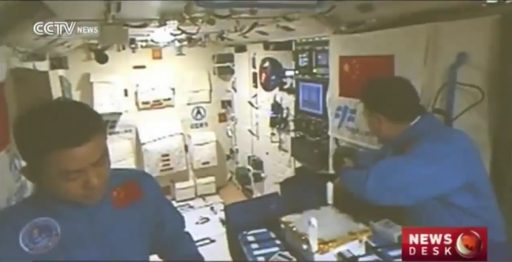
Meanwhile, aboard the Tiangong-2 orbital lab, the two crew members continue tackling a busy schedule filled with a variety of science experiments. In a diary entry from Tiangong-2, rookie Astronaut Chen Dong reported he was enjoying the feeling of weightlessness and the views he can get of the Earth when time permits, though their work days are very busy and the Astronauts typically go to sleep soon after their working hours are over.
They are expected to remain aboard Tiangong-2 until mid-November when they will again board their Shenzhou-11 spacecraft to undock and, within a few hours, complete their deorbit burn for a parachute-assisted landing in Inner Mongolia.

